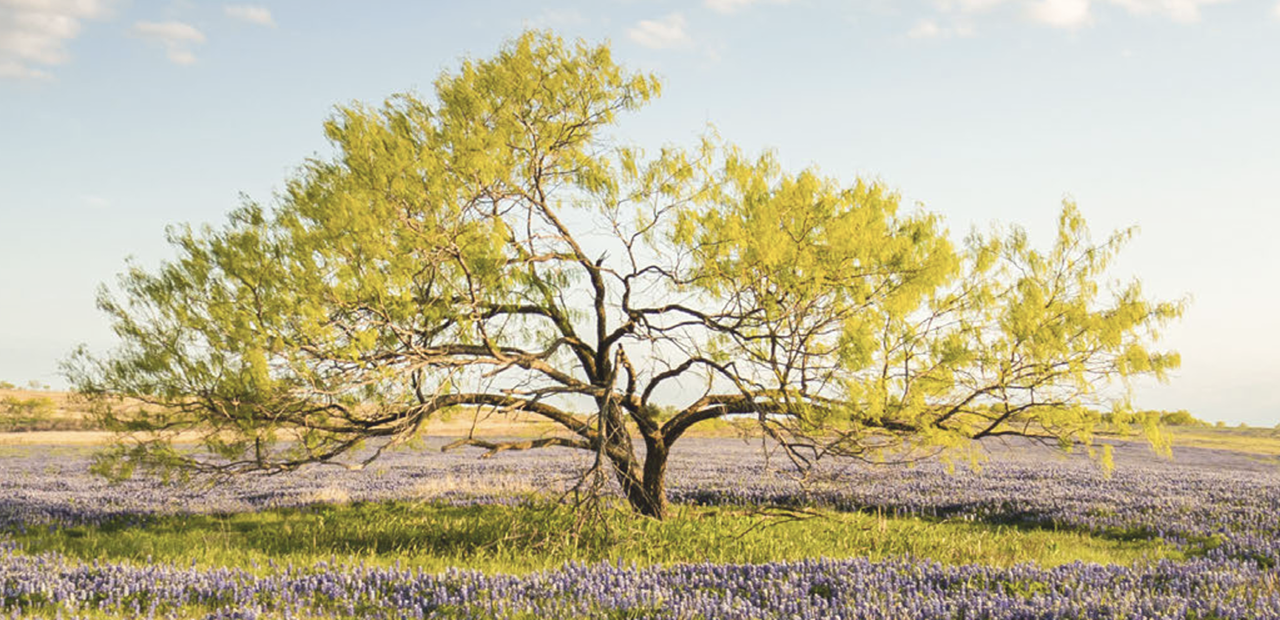

Updates and trends in landowner demographics and their relationship with wildlife management
February 1, 2025
San Antonio, TX — The Texas A&M Natural Resources Institute (NRI) released a new Texas Landowner Survey (TLS) report, Updates and Trends in Landowners Demographics and their Relationship with Wildlife Management, with fresh insights on the Texas general population, land and wildlife stewardship and tax incentives. Most significantly, the report reveals that 49 percent of Texas operations are managed by just two landowners, which will be a critical consideration related to intergenerational land transfers, an aging landowner population, and the potential for loss of land management knowledge and experience.
Landowner population
New USDA demographic data synthesized in the report describes landowners at a statewide and regional level, finding that Texas landowners are generally older. Only 13 percent of all Texans are over the age of 65, but those over 65 make up 43 percent of the current landowner population.
Intergenerational land transfers
Touching all regions, farm sizes and income categories, intergenerational land transfers are in progress across the state. The upcoming replacement generation, which represents 42 percent of landowners, are between 45 and 64 years old. Land stewards representing 15 percent of landowners are younger than 44 years. This second replacement generation is much smaller in comparison, especially those younger than 35 years. Programs considering intergenerational land transfers may benefit landowners in the future.
Wildlife management
Wildlife is important to landowners. “In the survey, we find that Texas landowners value and steward their land for wildlife, regardless of farm size and income,” said Dr. Lopez, Research Scientist at NRI, “and sound stewardship practices, whether for general agriculture or wildlife, resonate with Texas communities.”
Landowners comprise just 1 percent of the state’s population yet help drive the Texas economy and steward land resources that afford many economic and nature benefits, including habitat for wildlife. The TLS report provides a statewide and regional description of wildlife managed, land and wildlife practices, wildlife management plan information, along with landowner interest and participation in tax incentives. Read the report to find out about landowners, the most common land and wildlife management practices, and wildlife valuation participation in your region.
--
TLS is a confidential and anonymous survey published every 5 years to understand private landowner needs and concerns in operating and managing their land. The survey covers a variety of topics and was developed to assist landowners and the natural resource professionals who help them. Find out more on the Texas Landowner Survey project page and the accompanying 2023 Texas Landowner Survey report.
Learn More
Human dimensions
Understanding private landowner concerns, challenges and needs in managing their land








